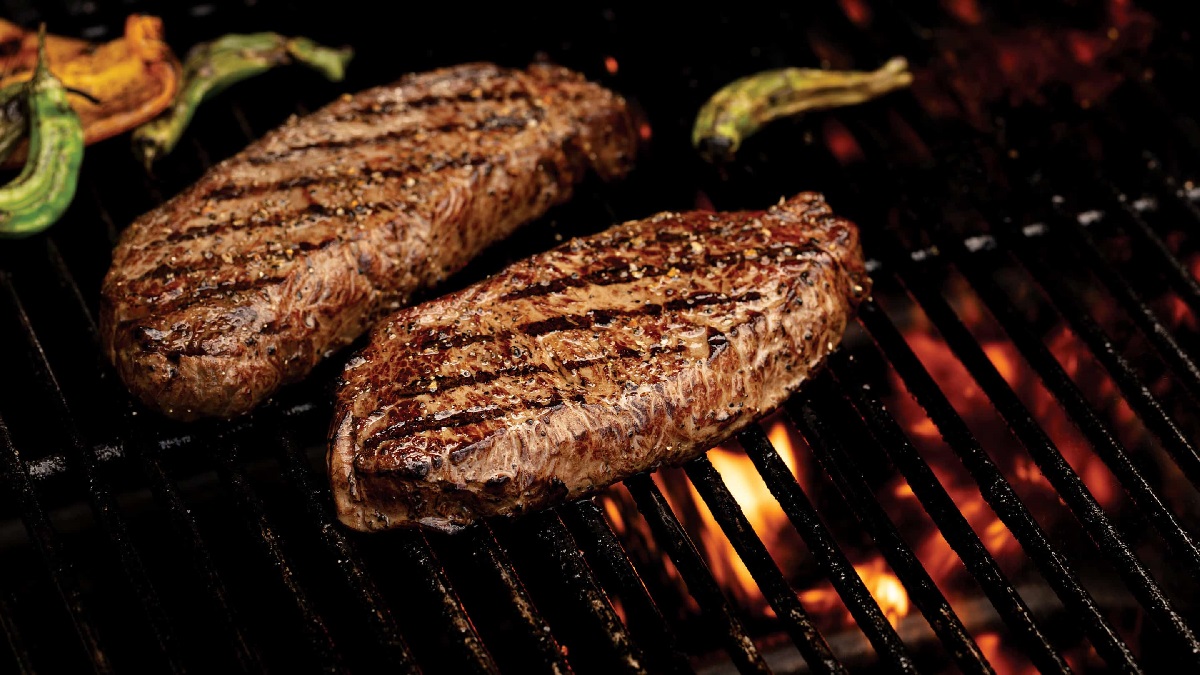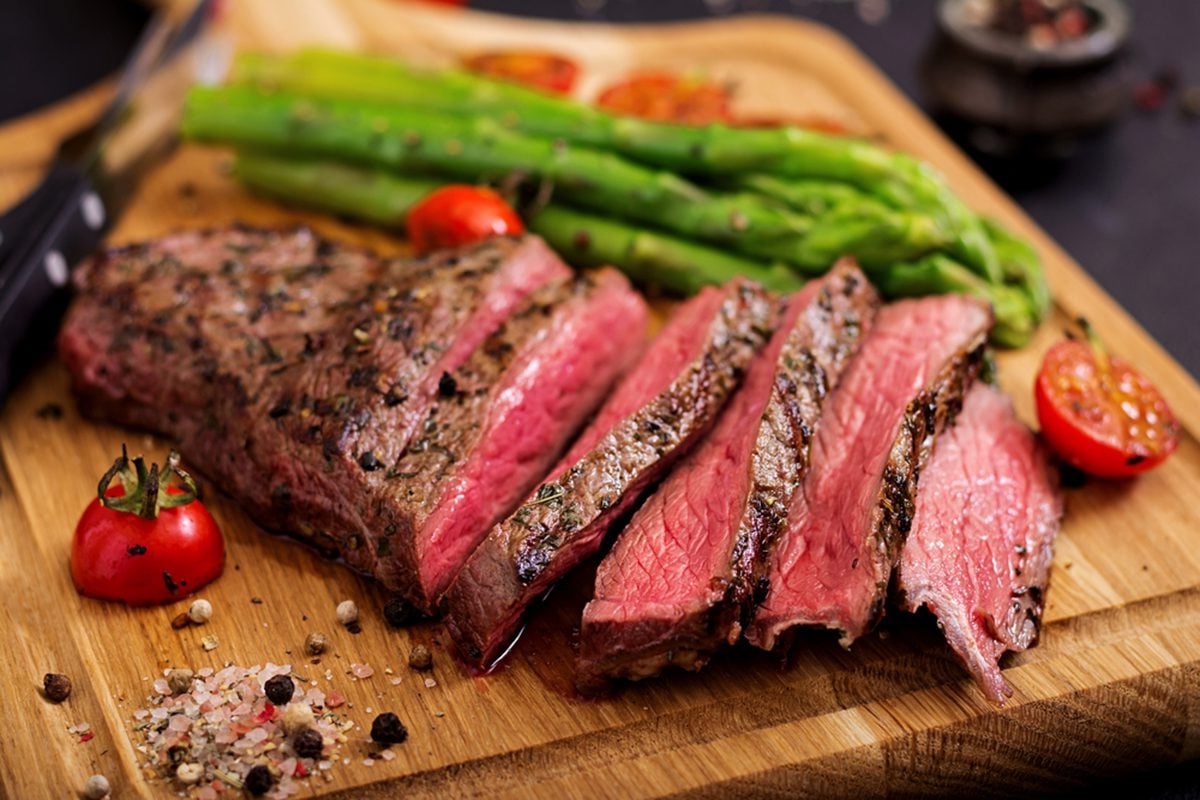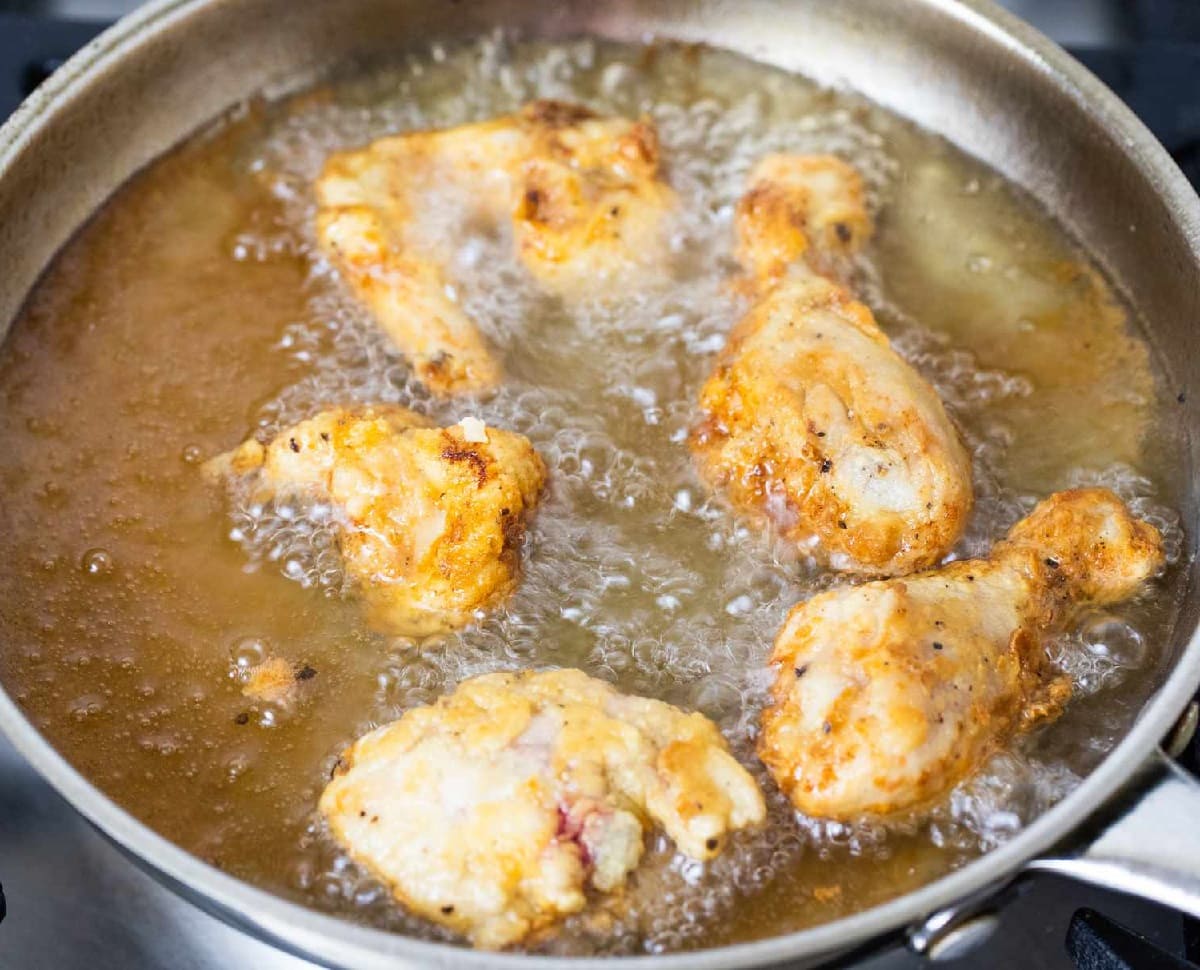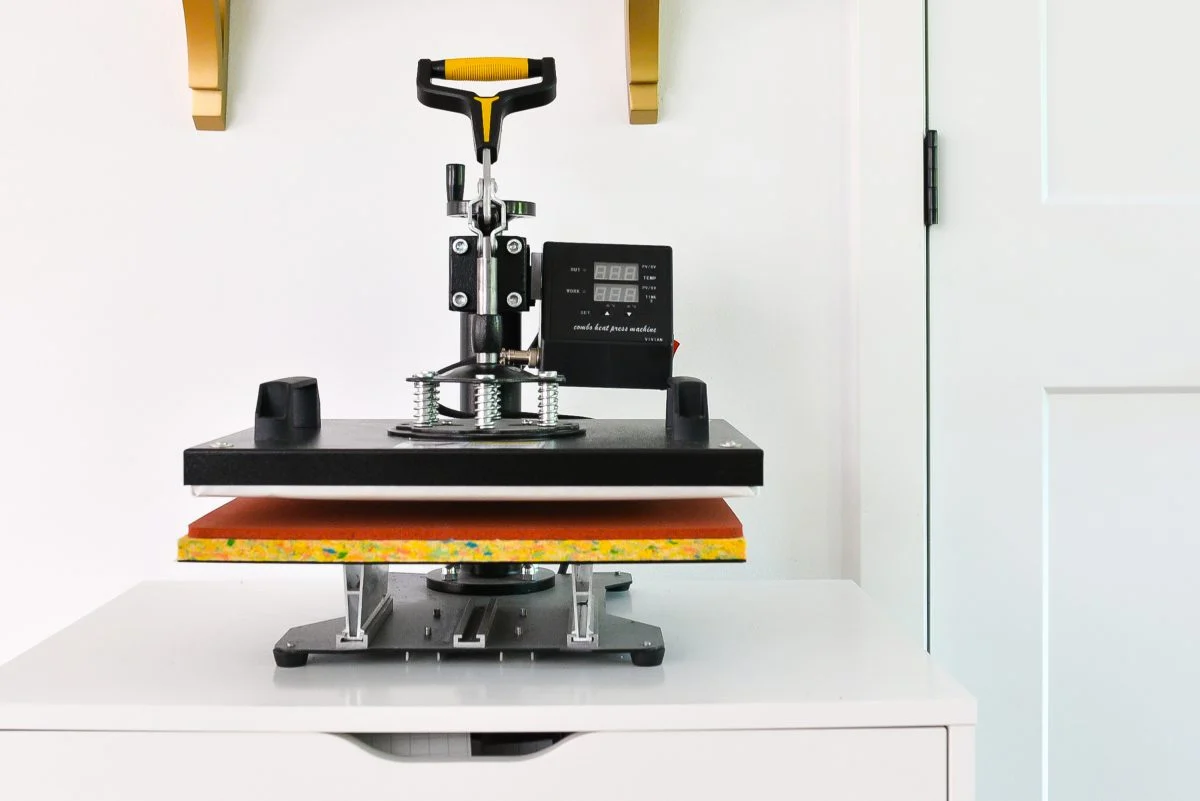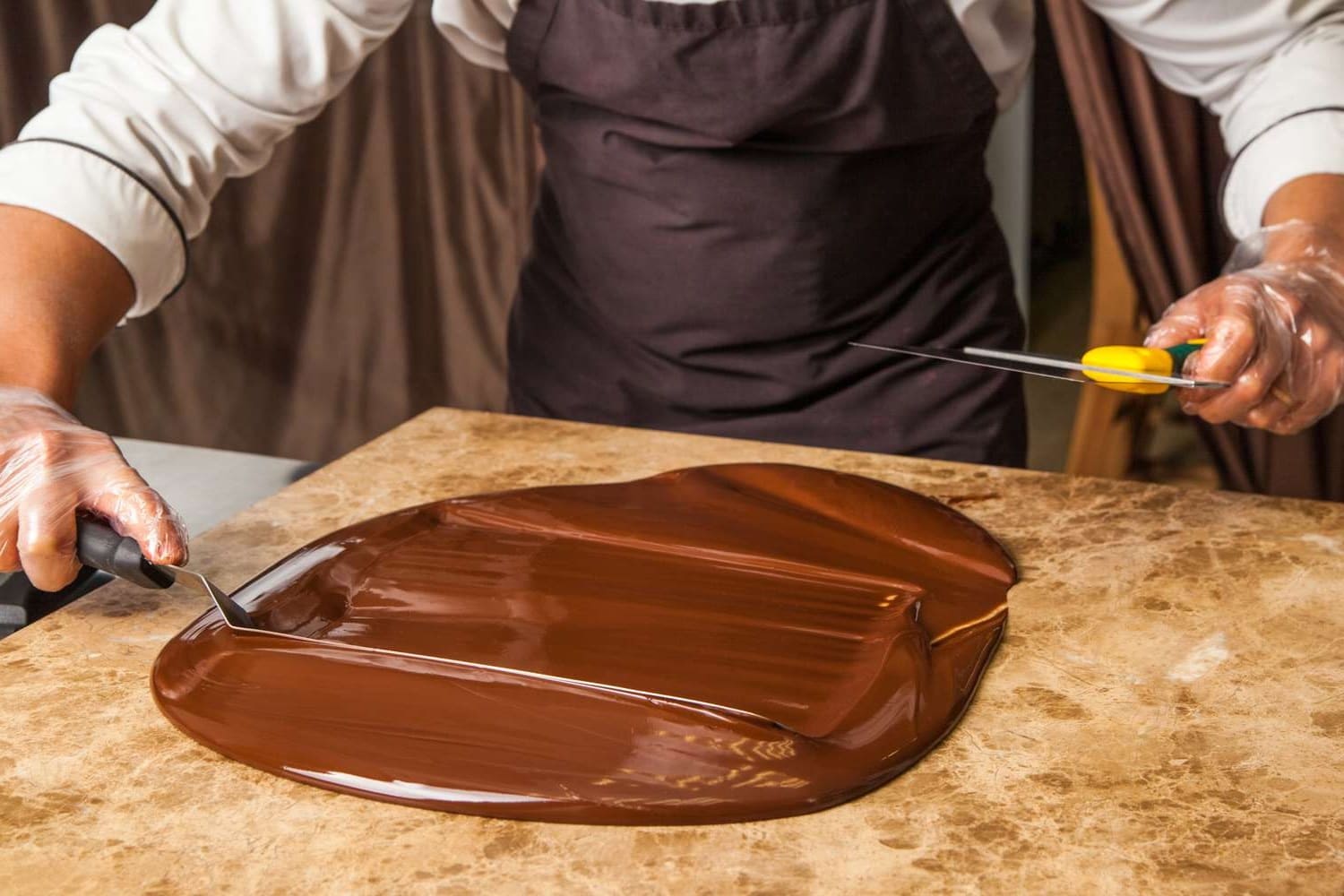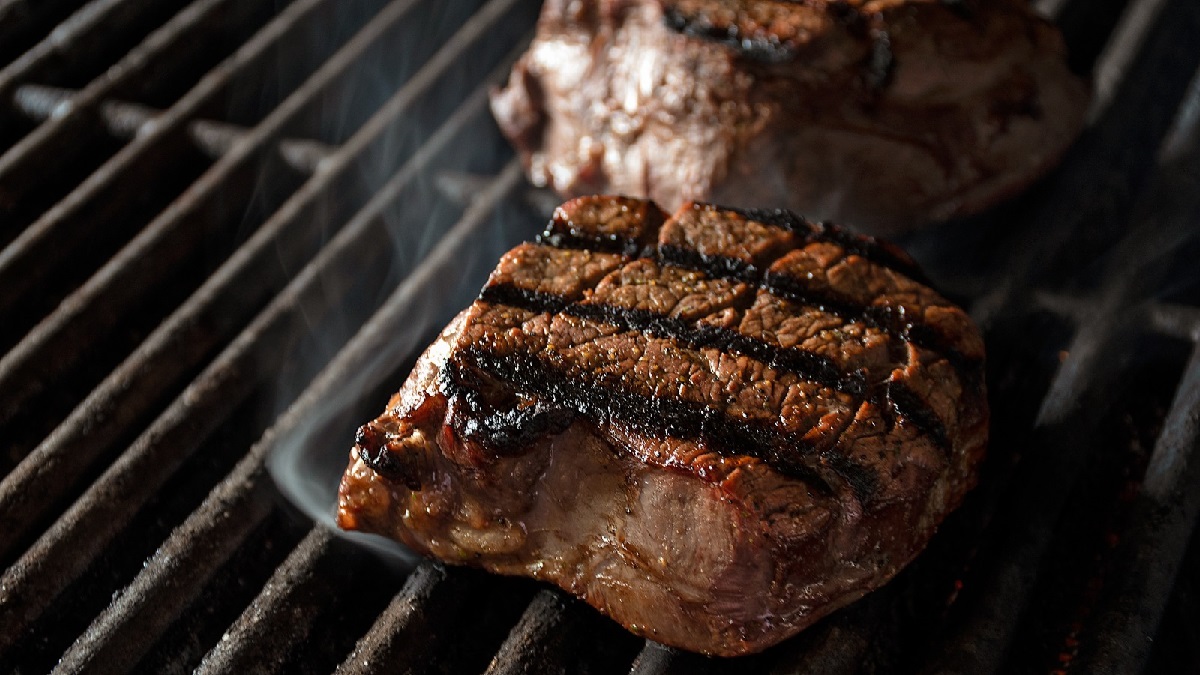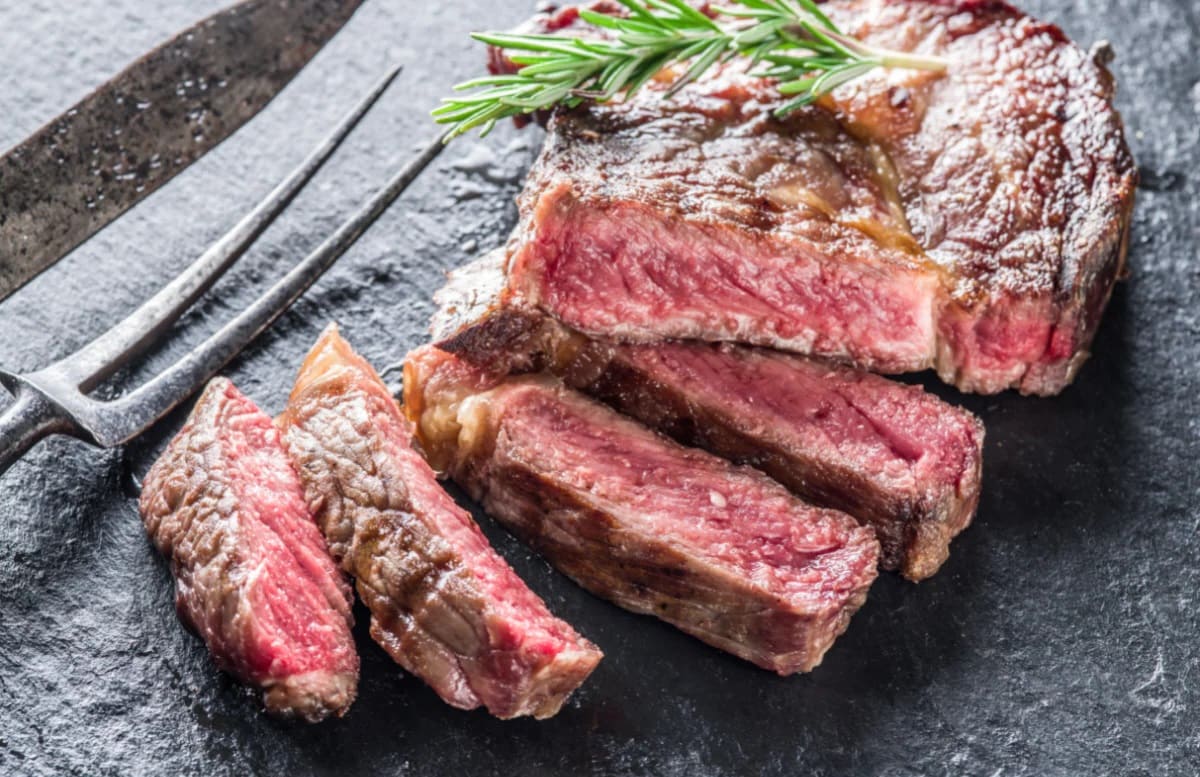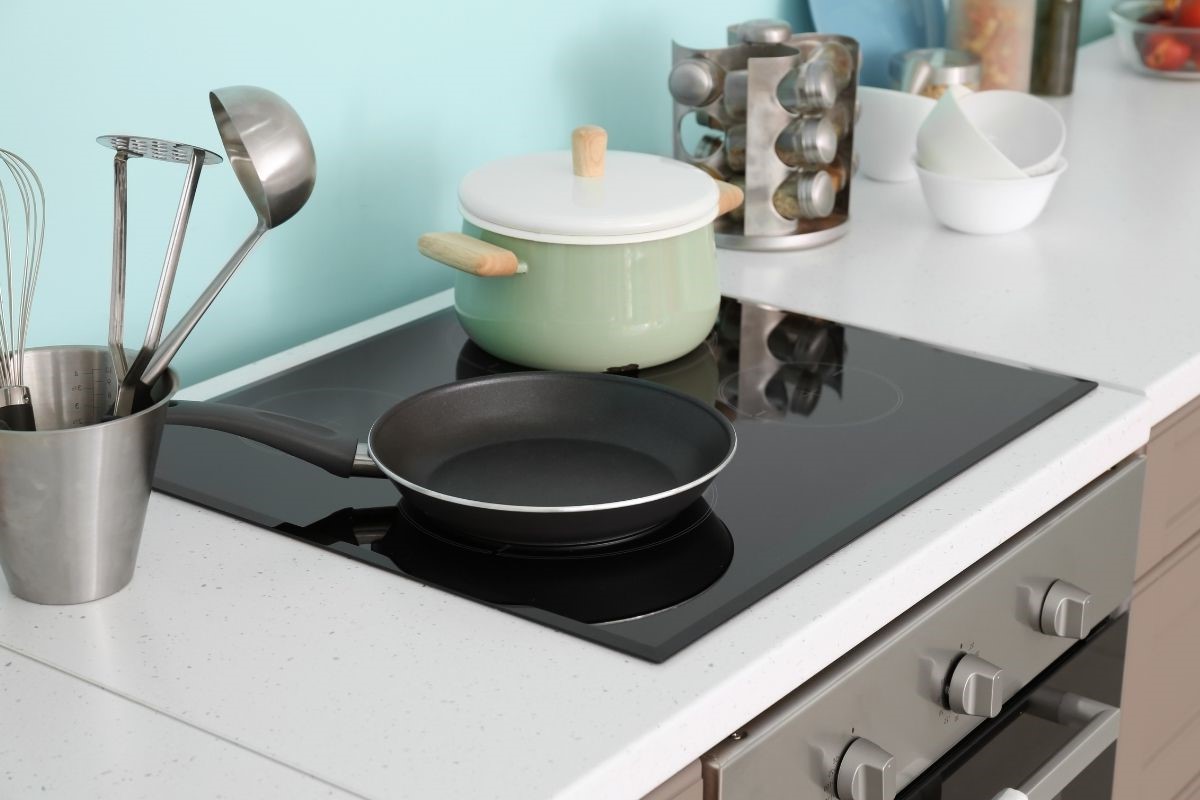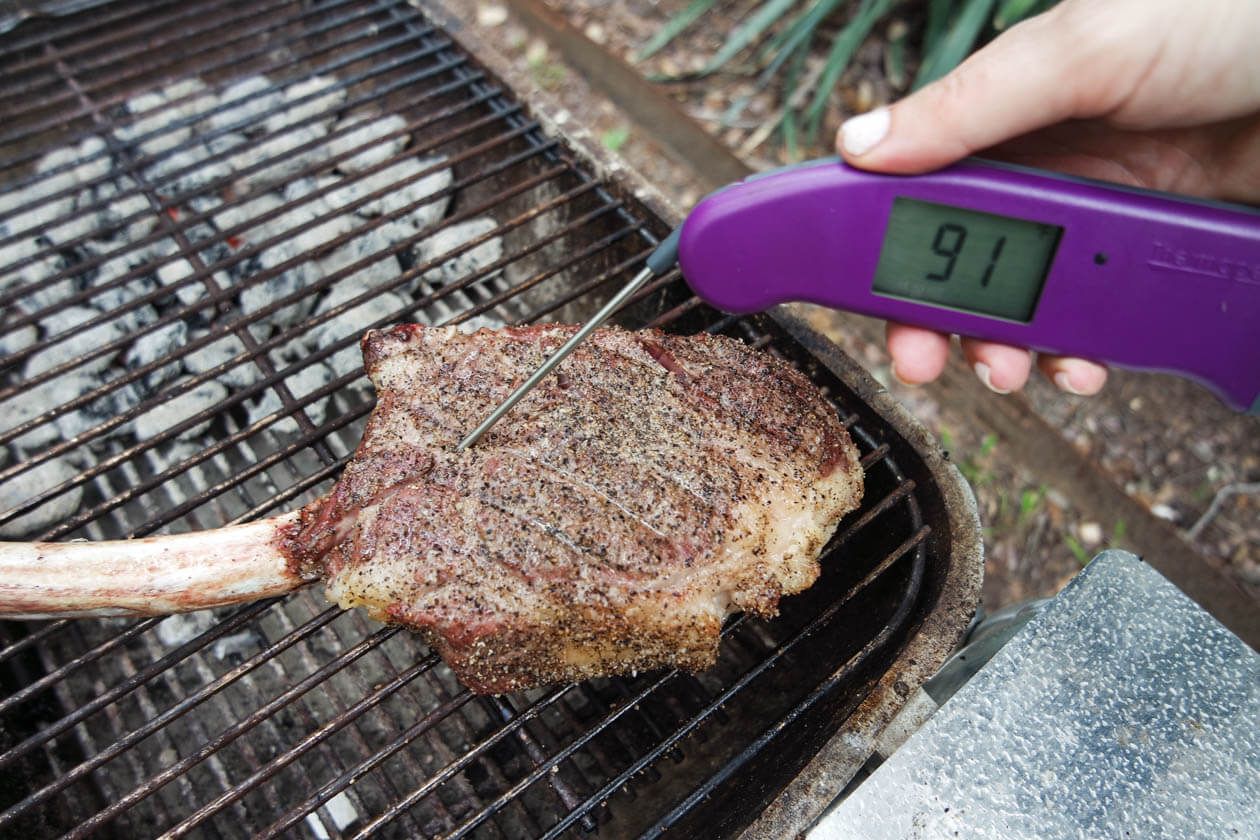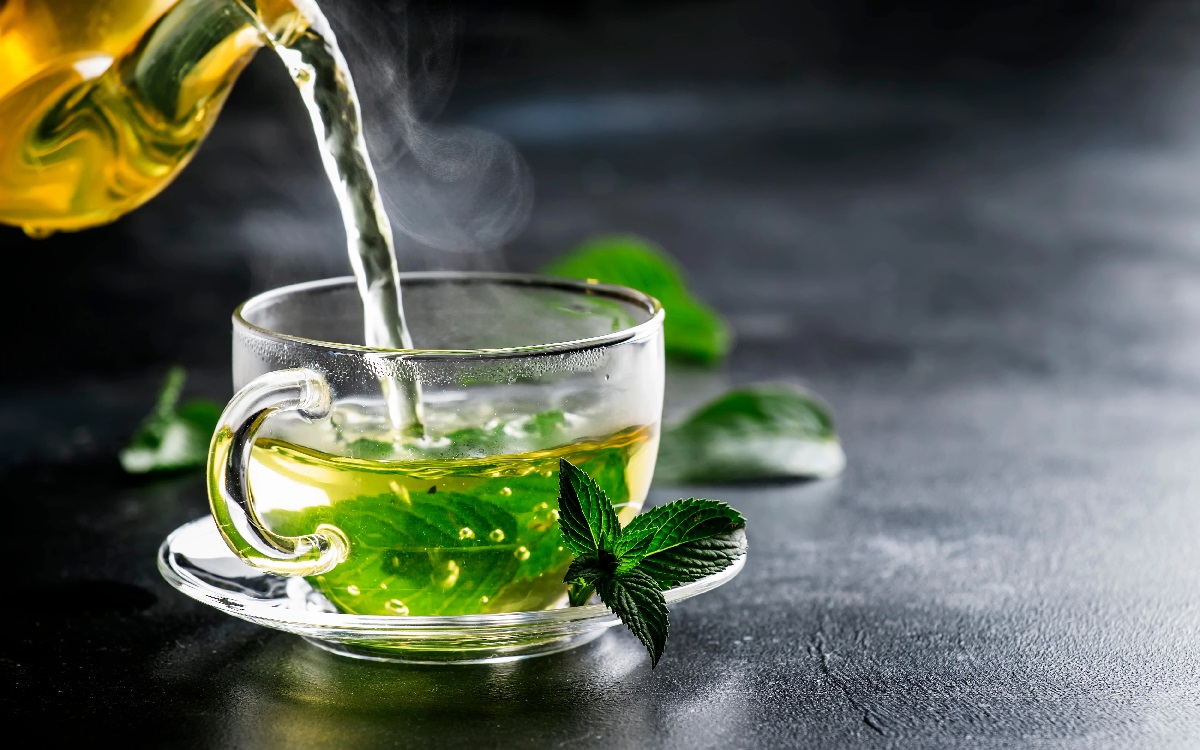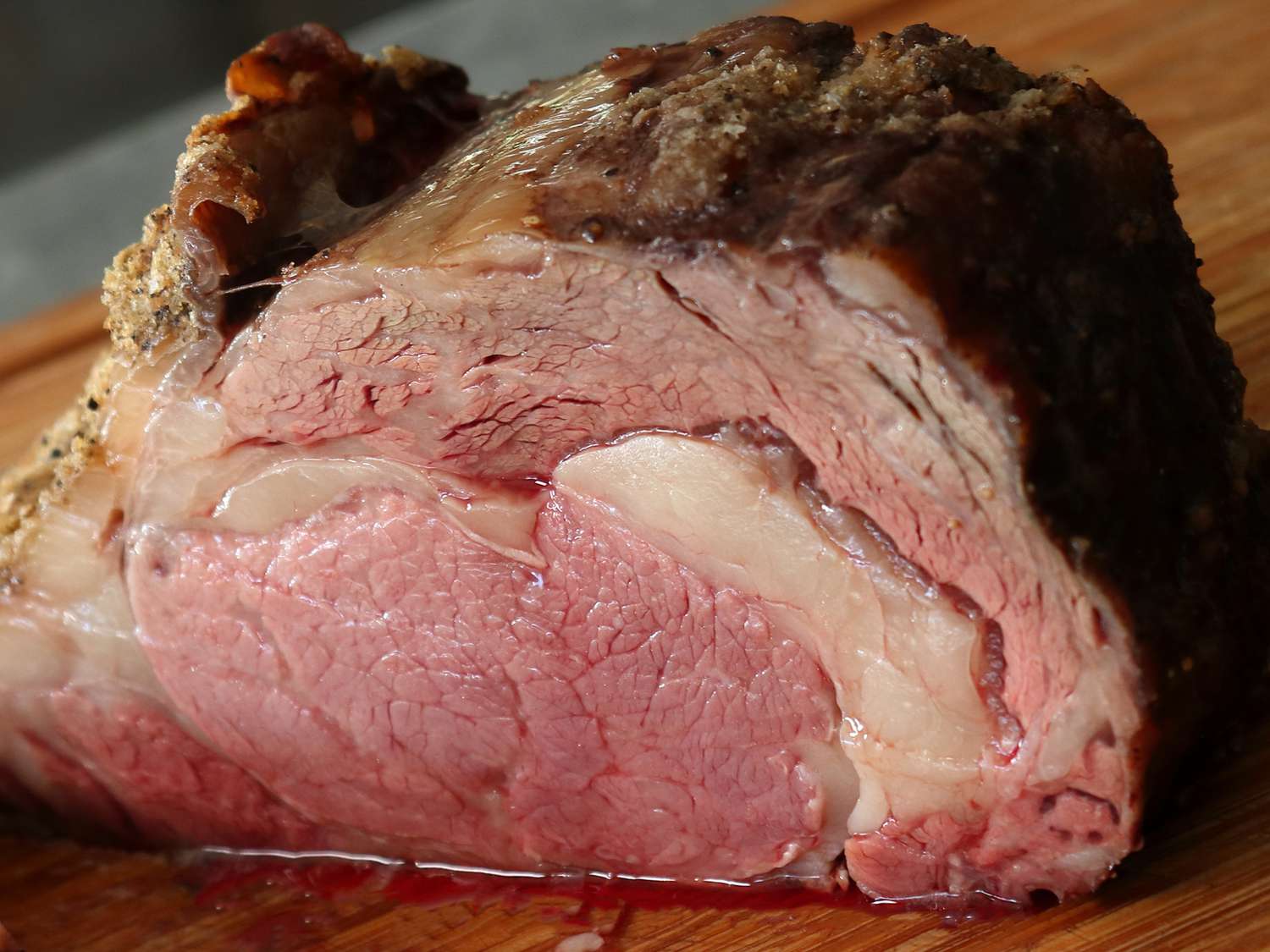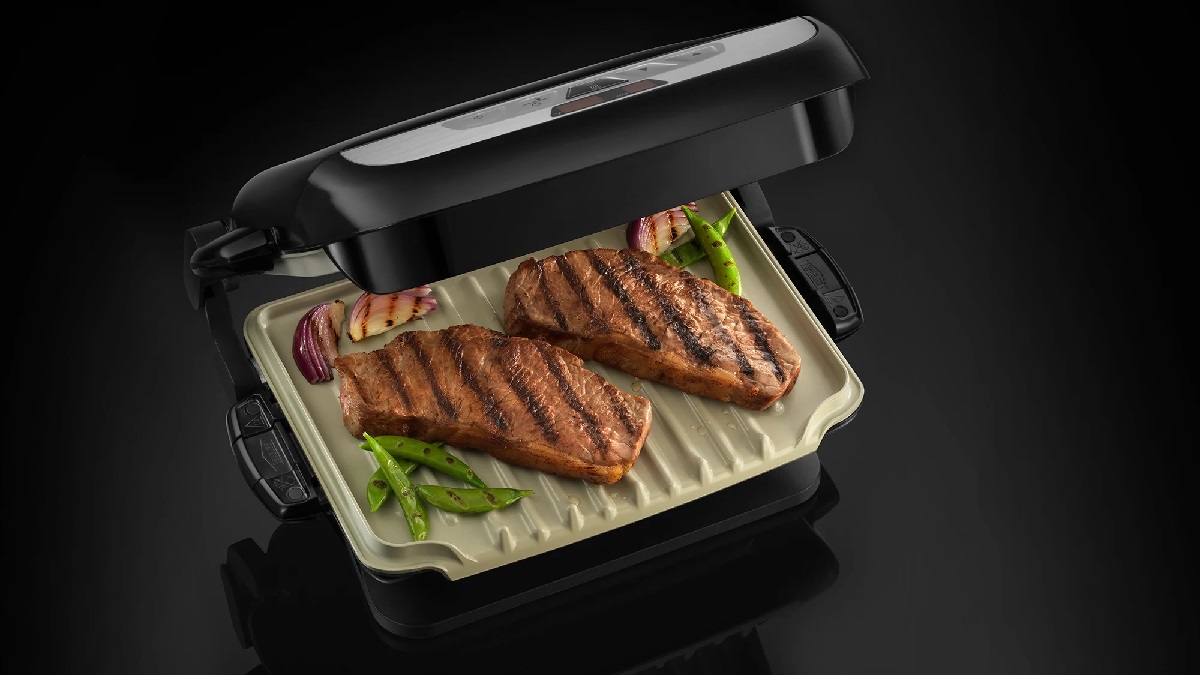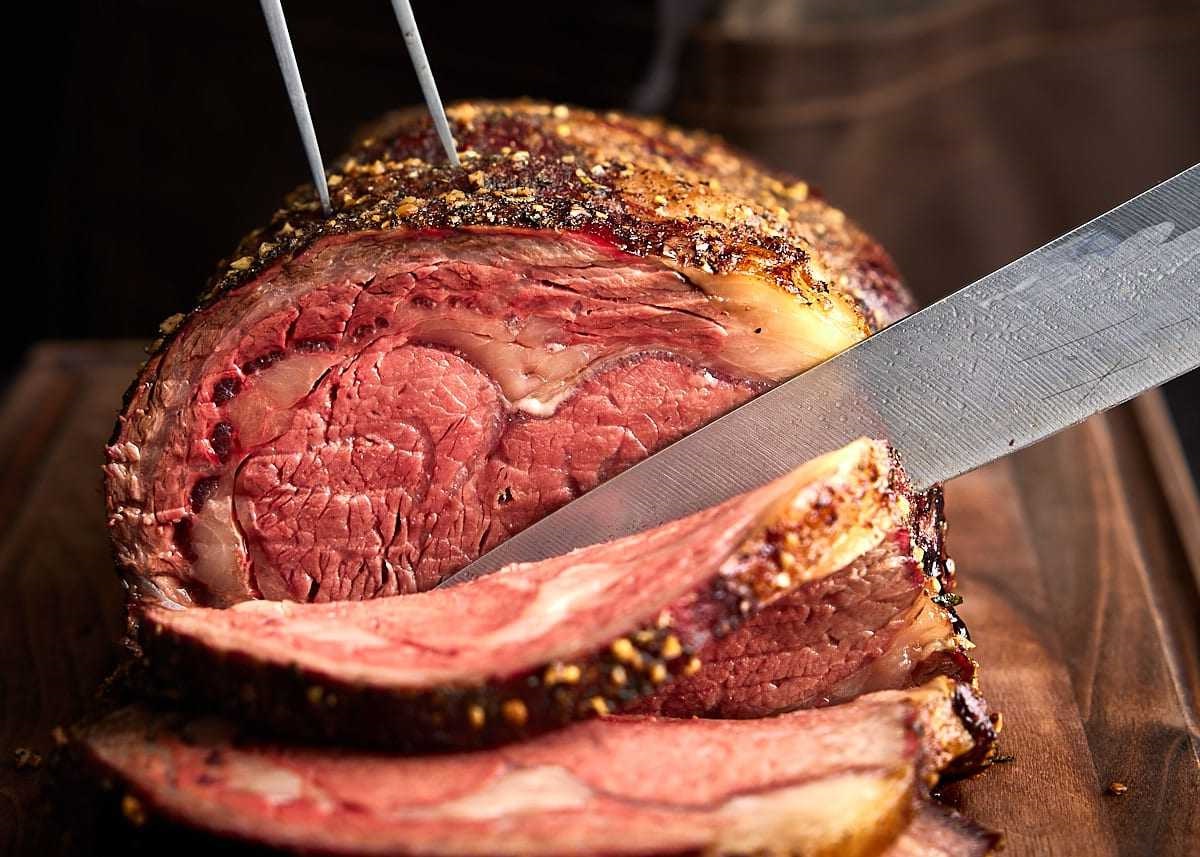Home>Culinary & Beverages>Perfect Ribeye Steak Temperature For Juicy And Flavorful Results
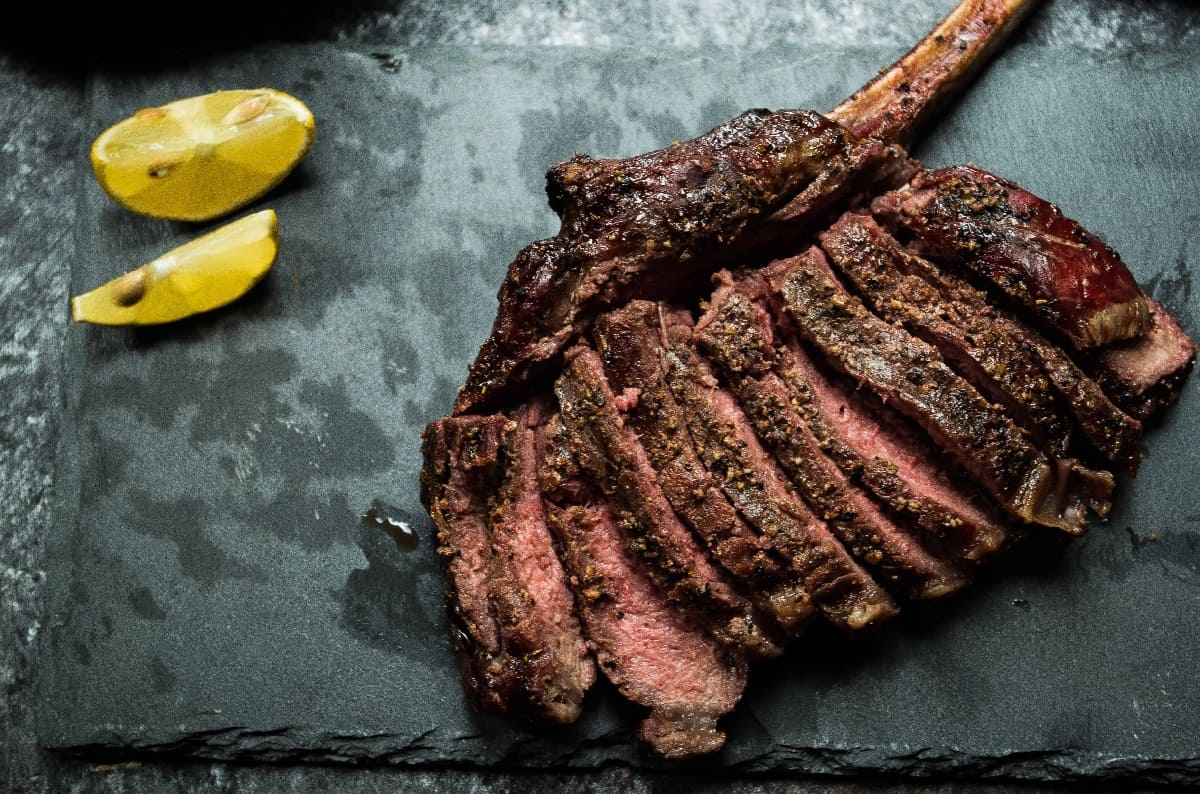

Culinary & Beverages
Perfect Ribeye Steak Temperature For Juicy And Flavorful Results
Published: February 22, 2024
Achieve the perfect ribeye steak temperature for juicy and flavorful results with our culinary and beverages expertise. Learn the best cooking techniques for a mouthwatering steak experience.
(Many of the links in this article redirect to a specific reviewed product. Your purchase of these products through affiliate links helps to generate commission for Temperatures.com, at no extra cost. Learn more)
Table of Contents
- The Importance of Temperature in Cooking Ribeye Steak
- Factors Affecting the Perfect Ribeye Steak Temperature
- Recommended Temperature for Rare Ribeye Steak
- Recommended Temperature for Medium Rare Ribeye Steak
- Recommended Temperature for Medium Ribeye Steak
- Recommended Temperature for Medium Well Ribeye Steak
- Recommended Temperature for Well Done Ribeye Steak
- Tips for Achieving the Perfect Ribeye Steak Temperature
The Importance of Temperature in Cooking Ribeye Steak
The temperature at which a ribeye steak is cooked plays a pivotal role in determining its succulence, tenderness, and overall flavor. Achieving the perfect temperature is a delicate art that can elevate the dining experience from ordinary to extraordinary. Whether you prefer your steak rare, medium rare, medium, medium well, or well done, understanding the impact of temperature on the cooking process is essential for mastering the art of preparing a delectable ribeye steak.
When a ribeye steak is subjected to heat, the proteins within the meat undergo a series of transformations. Initially, the application of heat causes the proteins to denature, resulting in the unravelling of their complex structures. This process is crucial for tenderizing the meat and enhancing its palatability. As the temperature continues to rise, the Maillard reaction occurs, leading to the development of a rich, caramelized crust on the exterior of the steak. This reaction not only contributes to the steak's appealing color and flavor but also enhances its overall texture.
Moreover, the internal temperature of the steak directly influences the level of doneness, which is a key determinant of its taste and juiciness. For instance, a rare ribeye steak, cooked to a lower internal temperature, boasts a tender and succulent texture, with a vibrant red center. On the other hand, a well-done ribeye steak, cooked to a higher internal temperature, exhibits a firmer texture and a more uniform brown color throughout.
Understanding the impact of temperature on the cooking process empowers chefs and home cooks alike to tailor the steak's doneness to their preferences. By mastering the art of controlling the cooking temperature, individuals can savor the distinct characteristics of each level of doneness, from the buttery tenderness of a rare steak to the robust flavor of a well-done steak.
In essence, the importance of temperature in cooking ribeye steak cannot be overstated. It is the cornerstone of achieving the desired level of doneness and unlocking the full potential of the steak's flavor and texture. By recognizing the transformative effects of temperature on the proteins and overall composition of the meat, one can embark on a culinary journey that celebrates the art of precision and the joy of savoring a perfectly cooked ribeye steak.
Factors Affecting the Perfect Ribeye Steak Temperature
The perfect ribeye steak temperature is influenced by a myriad of factors that collectively contribute to the steak's ultimate texture, juiciness, and flavor. Understanding these factors is essential for achieving the desired level of doneness and ensuring a memorable dining experience.
-
Thickness of the Steak: The thickness of the ribeye steak significantly impacts the cooking time and the ideal temperature required to achieve the desired doneness. Thicker steaks generally require lower cooking temperatures and longer cooking times to ensure that the interior reaches the desired level of doneness without overcooking the exterior.
-
Starting Temperature: The initial temperature of the steak before it is placed on the cooking surface is a critical factor in determining the cooking time and the level of doneness. A steak that is closer to room temperature will cook more evenly and require less time to reach the desired internal temperature compared to a steak that is straight out of the refrigerator.
-
Cooking Method: The method of cooking, whether it's grilling, pan-searing, or broiling, can influence the rate at which the steak cooks and the level of char or crust that develops on the exterior. Each cooking method requires a nuanced approach to temperature control to ensure that the steak is cooked to perfection.
-
Heat Source: The type and intensity of the heat source, whether it's an open flame, a gas burner, or an electric grill, can impact the cooking temperature and the rate at which the steak cooks. Adjusting the heat source to achieve the ideal cooking temperature is crucial for controlling the level of doneness.
-
Resting Period: The resting period after the steak is removed from the heat source is a factor that influences the final internal temperature and the distribution of juices within the meat. Allowing the steak to rest enables the residual heat to continue cooking the interior while ensuring that the juices redistribute, resulting in a more flavorful and tender steak.
-
Quality of Meat: The quality and marbling of the ribeye steak can affect the cooking temperature and the overall outcome. Higher marbling content may require slightly lower cooking temperatures to allow the fat to render and infuse the meat with flavor, while leaner cuts may benefit from slightly higher cooking temperatures to achieve the desired level of doneness without drying out.
By considering these factors and mastering the art of temperature control, chefs and home cooks can elevate their culinary prowess and consistently achieve the perfect ribeye steak temperature, tailored to their preferences and the unique characteristics of each steak.
Recommended Temperature for Rare Ribeye Steak
For those who appreciate the exquisite tenderness and vibrant flavors of a rare ribeye steak, achieving the perfect internal temperature is paramount. Rare steak enthusiasts savor the delicate balance between a lightly seared exterior and a cool, crimson center, which embodies the epitome of culinary indulgence.
The recommended internal temperature for a rare ribeye steak typically ranges between 120°F (49°C) and 125°F (52°C) after resting. This temperature range ensures that the steak retains its natural juices and tenderness while offering a captivating contrast between the charred exterior and the rare, succulent interior.
When cooking a rare ribeye steak, it is essential to preheat the cooking surface to a high temperature to facilitate the development of a flavorful crust while minimizing the duration of heat exposure to the interior. This approach allows the steak to achieve the desired level of doneness without compromising its inherent juiciness and texture.
To achieve the recommended internal temperature for rare ribeye steak, it is advisable to sear the steak over high heat for a brief period, approximately 2-3 minutes per side, depending on the thickness of the cut. Subsequently, the steak can be transferred to a slightly lower heat or indirect heat source to allow for gentle cooking until the desired internal temperature is reached.
Upon reaching the recommended temperature range, the rare ribeye steak should be promptly removed from the heat source and allowed to rest for approximately 5-10 minutes. During this resting period, the residual heat continues to gently elevate the internal temperature while the juices redistribute, resulting in a perfectly rare steak that is both visually captivating and exceptionally tender.
By adhering to the recommended temperature range and employing precise temperature control throughout the cooking process, individuals can savor the unparalleled experience of indulging in a rare ribeye steak that embodies the epitome of culinary artistry. The delicate interplay of textures and flavors, coupled with the vibrant hues of a rare steak, ensures a dining experience that is truly unforgettable.
Recommended Temperature for Medium Rare Ribeye Steak
For aficionados of medium rare ribeye steak, the quest for the perfect balance between succulence and flavor is a culinary journey that hinges on achieving the ideal internal temperature. The hallmark of a medium rare steak lies in its ability to harmonize a tender, rosy-pink center with a subtly charred exterior, offering a symphony of textures and flavors that captivate the palate.
The recommended internal temperature for a medium rare ribeye steak typically falls within the range of 130°F (54°C) to 135°F (57°C) after resting. This temperature range is meticulously calibrated to preserve the steak's inherent juiciness and tenderness while imparting a nuanced depth of flavor that is synonymous with the medium rare level of doneness.
To embark on the culinary endeavor of preparing a medium rare ribeye steak, it is essential to initiate the cooking process with a preheated cooking surface, ensuring that the heat is evenly distributed to facilitate the development of a delectably caramelized crust. This initial searing phase not only enhances the steak's visual appeal but also sets the stage for the subsequent gentle cooking that will yield the desired level of doneness.
When searing the ribeye steak, it is recommended to allocate approximately 3-4 minutes per side over high heat, taking into account the thickness of the cut. This brief yet crucial phase serves to seal in the steak's natural juices and initiate the transformative Maillard reaction, which bestows upon the steak its characteristic depth of flavor and enticing aroma.
Following the initial searing, the steak can be transitioned to a slightly lower heat or indirect heat source to allow for a gradual progression towards the recommended internal temperature range. This phase of gentle cooking ensures that the steak's interior achieves the desired rosy-pink hue, indicative of the medium rare level of doneness, while preserving its tender and succulent attributes.
Upon reaching the recommended temperature range, typically between 130°F (54°C) and 135°F (57°C), the medium rare ribeye steak should be delicately removed from the heat source and allowed to rest for approximately 5-10 minutes. This resting period serves as a culmination of the cooking process, enabling the residual heat to harmoniously elevate the internal temperature while facilitating the redistribution of juices, resulting in a medium rare steak that is a testament to culinary finesse.
By meticulously adhering to the recommended temperature range and exercising precision in temperature control throughout the cooking journey, individuals can savor the unparalleled delight of indulging in a medium rare ribeye steak. The interplay of textures and flavors, coupled with the captivating visual allure of a perfectly executed medium rare steak, ensures a dining experience that transcends the ordinary, inviting enthusiasts to revel in the artistry of culinary excellence.
Recommended Temperature for Medium Ribeye Steak
The pursuit of culinary perfection in preparing a medium ribeye steak hinges on the meticulous orchestration of temperature control to achieve the ideal level of doneness. Medium steak enthusiasts seek to savor the exquisite interplay between a moderately pink center and a seared exterior, a harmonious union that epitomizes the art of culinary finesse.
The recommended internal temperature for a medium ribeye steak typically falls within the range of 140°F (60°C) to 145°F (63°C) after resting. This precise temperature range is carefully calibrated to preserve the steak's succulence and tenderness while imparting a nuanced depth of flavor that characterizes the medium level of doneness.
To embark on the culinary journey of preparing a medium ribeye steak, it is imperative to initiate the cooking process with a meticulously preheated cooking surface, ensuring that the heat is evenly distributed to facilitate the development of a tantalizingly caramelized crust. This initial searing phase not only enhances the steak's visual appeal but also sets the stage for the subsequent gentle cooking that will yield the desired level of doneness.
When searing the ribeye steak, it is recommended to allocate approximately 4-5 minutes per side over high heat, taking into account the thickness of the cut. This pivotal phase serves to seal in the steak's natural juices and initiate the transformative Maillard reaction, which bestows upon the steak its characteristic depth of flavor and enticing aroma.
Following the initial searing, the steak can be transitioned to a slightly lower heat or indirect heat source to allow for a gradual progression towards the recommended internal temperature range. This phase of gentle cooking ensures that the steak's interior achieves the desired moderately pink hue, indicative of the medium level of doneness, while preserving its tender and succulent attributes.
Upon reaching the recommended temperature range, typically between 140°F (60°C) and 145°F (63°C), the medium ribeye steak should be delicately removed from the heat source and allowed to rest for approximately 5-10 minutes. This resting period serves as the culmination of the cooking process, enabling the residual heat to harmoniously elevate the internal temperature while facilitating the redistribution of juices, resulting in a medium steak that is a testament to culinary finesse.
By meticulously adhering to the recommended temperature range and exercising precision in temperature control throughout the cooking journey, individuals can savor the unparalleled delight of indulging in a medium ribeye steak. The interplay of textures and flavors, coupled with the captivating visual allure of a perfectly executed medium steak, ensures a dining experience that transcends the ordinary, inviting enthusiasts to revel in the artistry of culinary excellence.
Recommended Temperature for Medium Well Ribeye Steak
The culinary journey of preparing a medium well ribeye steak is a testament to the art of precision and temperature control, where the quest for achieving the ideal level of doneness unfolds with meticulous orchestration. Medium well steak enthusiasts seek to savor the delicate balance between a moderately pink center and a discernibly firm texture, a symphony of flavors and textures that embodies the epitome of culinary finesse.
The recommended internal temperature for a medium well ribeye steak typically ranges between 150°F (66°C) and 155°F (68°C) after resting. This precise temperature range is intricately calibrated to preserve the steak's inherent juiciness and tenderness while imparting a nuanced depth of flavor that characterizes the medium well level of doneness.
To embark on the culinary endeavor of preparing a medium well ribeye steak, it is imperative to initiate the cooking process with a meticulously preheated cooking surface, ensuring that the heat is evenly distributed to facilitate the development of a tantalizingly caramelized crust. This initial searing phase not only enhances the steak's visual appeal but also sets the stage for the subsequent gentle cooking that will yield the desired level of doneness.
When searing the ribeye steak, it is recommended to allocate approximately 5-6 minutes per side over high heat, taking into account the thickness of the cut. This pivotal phase serves to seal in the steak's natural juices and initiate the transformative Maillard reaction, which bestows upon the steak its characteristic depth of flavor and enticing aroma.
Following the initial searing, the steak can be transitioned to a slightly lower heat or indirect heat source to allow for a gradual progression towards the recommended internal temperature range. This phase of gentle cooking ensures that the steak's interior achieves the desired moderately pink hue, indicative of the medium well level of doneness, while preserving its tender and succulent attributes.
Upon reaching the recommended temperature range, typically between 150°F (66°C) and 155°F (68°C), the medium well ribeye steak should be delicately removed from the heat source and allowed to rest for approximately 5-10 minutes. This resting period serves as the culmination of the cooking process, enabling the residual heat to harmoniously elevate the internal temperature while facilitating the redistribution of juices, resulting in a medium well steak that is a testament to culinary finesse.
By meticulously adhering to the recommended temperature range and exercising precision in temperature control throughout the cooking journey, individuals can savor the unparalleled delight of indulging in a medium well ribeye steak. The interplay of textures and flavors, coupled with the captivating visual allure of a perfectly executed medium well steak, ensures a dining experience that transcends the ordinary, inviting enthusiasts to revel in the artistry of culinary excellence.
Recommended Temperature for Well Done Ribeye Steak
The pursuit of culinary excellence in preparing a well-done ribeye steak demands meticulous attention to temperature control, as achieving the ideal level of doneness is a testament to precision and expertise. Well-done steak enthusiasts seek to savor the robust flavors and firm texture that epitomize the art of culinary finesse.
The recommended internal temperature for a well-done ribeye steak typically ranges between 160°F (71°C) and 165°F (74°C) after resting. This precise temperature range is carefully calibrated to ensure that the steak retains its juiciness and tenderness while embodying the characteristic depth of flavor that defines the well-done level of doneness.
To embark on the culinary journey of preparing a well-done ribeye steak, it is essential to initiate the cooking process with a meticulously preheated cooking surface, ensuring that the heat is evenly distributed to facilitate the development of a tantalizingly caramelized crust. This initial searing phase not only enhances the steak's visual appeal but also sets the stage for the subsequent gentle cooking that will yield the desired level of doneness.
When searing the ribeye steak, it is recommended to allocate approximately 6-7 minutes per side over high heat, taking into account the thickness of the cut. This pivotal phase serves to seal in the steak's natural juices and initiate the transformative Maillard reaction, which bestows upon the steak its characteristic depth of flavor and enticing aroma.
Following the initial searing, the steak can be transitioned to a slightly lower heat or indirect heat source to allow for a gradual progression towards the recommended internal temperature range. This phase of gentle cooking ensures that the steak's interior achieves the desired uniform brown color indicative of the well-done level of doneness, while preserving its robust and succulent attributes.
Upon reaching the recommended temperature range, typically between 160°F (71°C) and 165°F (74°C), the well-done ribeye steak should be delicately removed from the heat source and allowed to rest for approximately 5-10 minutes. This resting period serves as the culmination of the cooking process, enabling the residual heat to harmoniously elevate the internal temperature while facilitating the redistribution of juices, resulting in a well-done steak that is a testament to culinary finesse.
By meticulously adhering to the recommended temperature range and exercising precision in temperature control throughout the cooking journey, individuals can savor the unparalleled delight of indulging in a well-done ribeye steak. The interplay of textures and flavors, coupled with the captivating visual allure of a perfectly executed well-done steak, ensures a dining experience that transcends the ordinary, inviting enthusiasts to revel in the artistry of culinary excellence.
Tips for Achieving the Perfect Ribeye Steak Temperature
-
Selecting the Right Thickness: Opt for ribeye steaks that are at least 1 inch thick to ensure a balanced cooking process. Thicker steaks allow for better control over the internal temperature, reducing the risk of overcooking the exterior while achieving the desired doneness in the center.
-
Allowing the Steak to Reach Room Temperature: Prior to cooking, let the ribeye steak sit at room temperature for approximately 30-60 minutes. This ensures more even cooking, reducing the time needed to reach the desired internal temperature and minimizing the risk of a cold center.
-
Precision with Seasoning: Apply a generous amount of salt and pepper to the steak at least 40 minutes before cooking. This not only enhances the flavor but also allows the seasoning to penetrate the meat, contributing to a more balanced taste throughout the steak.
-
Preheating the Cooking Surface: Whether using a grill, cast-iron skillet, or broiler, ensure that the cooking surface is thoroughly preheated. This facilitates the development of a flavorful crust and minimizes the time the steak spends over direct heat, reducing the risk of overcooking.
-
Utilizing a Meat Thermometer: Invest in a reliable meat thermometer to accurately monitor the internal temperature of the steak. This precision tool ensures that the steak reaches the desired level of doneness without guesswork, resulting in consistent and perfectly cooked ribeye steaks.
-
Resting Period: After cooking, allow the ribeye steak to rest for 5-10 minutes. This crucial step enables the residual heat to gently elevate the internal temperature while allowing the juices to redistribute, ensuring a tender and flavorful dining experience.
-
Practice and Patience: Perfecting the art of cooking ribeye steak to the desired temperature requires practice and patience. Experiment with different cooking methods, temperatures, and resting times to refine your technique and achieve the perfect ribeye steak tailored to your preferences.
By incorporating these tips into your culinary repertoire, you can elevate your steak-cooking prowess and consistently achieve the perfect ribeye steak temperature, ensuring a dining experience that is both delightful and memorable.
